How does bird reproduction happen?
Let's delve into the history of reproduction of birds. These majestic flying creatures that amaze us with their songs and aerial acrobatics also have their naughty side. Explore all the information about it, where we address the questions you never had the courage to ask.
When does bird breeding take place?
The variability of the reproduction at the birds actually depends on the species in question! Some are spring romantics, preferring to do their amorous romps when the flowers begin to bloom and love is in the air. Others, for their part, prefer summer to bask in the sun and make little baby birds during their summer vacation. In short, there's something for everyone !
How do birds reproduce?
You are probably wondering how the reproduction of birds… Imagine a speed dating evening (or a July 14 ball for the older ones), but version birds. The males display their most beautiful plumage, sing love songs and perform acrobatic pirouettes to impress the young ladies. Once they have found their soul mate, they set about building the most extravagant nest possible to seduce their partner. Then, it's time to make eggs, and then we'll let you imagine what happens next, you'll look at Woody Woodpecker in a different way!
What month do birds nest?
It's a bit like sales: some start early to get the best location, while others prefer to wait until the end of the season to take advantage of last minute promotions. In general, spring is the preferred time for nest building, but some birds can be a little lazy and wait until summer to get serious about it.
Which bird reproduces easily?
Well, you could say that the pigeons are a bit like the rabbits of aviation! With their ability to reproduce quickly and in numbers, they are the kings of reproduction. We can also cite the sparrows, who always seem to have a brood of little beaks to feed in their nests.


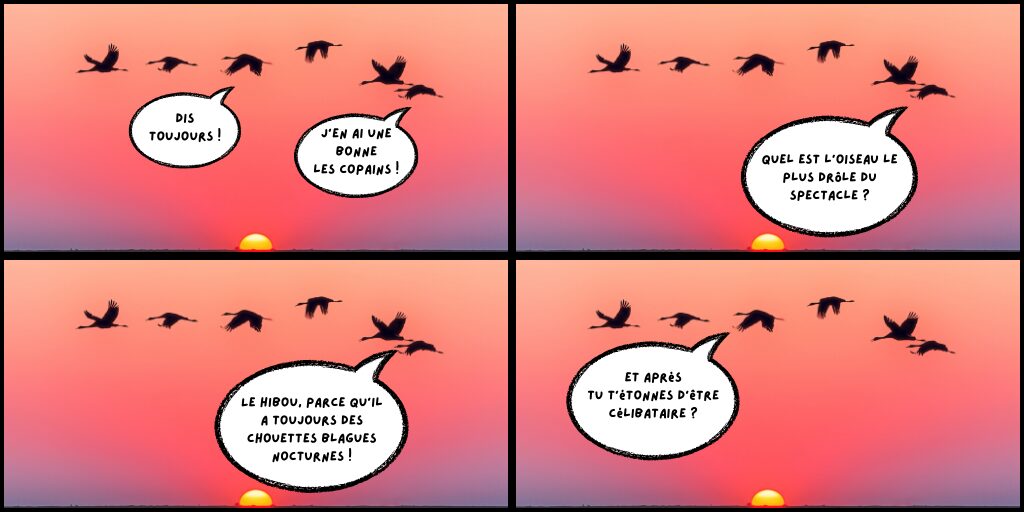
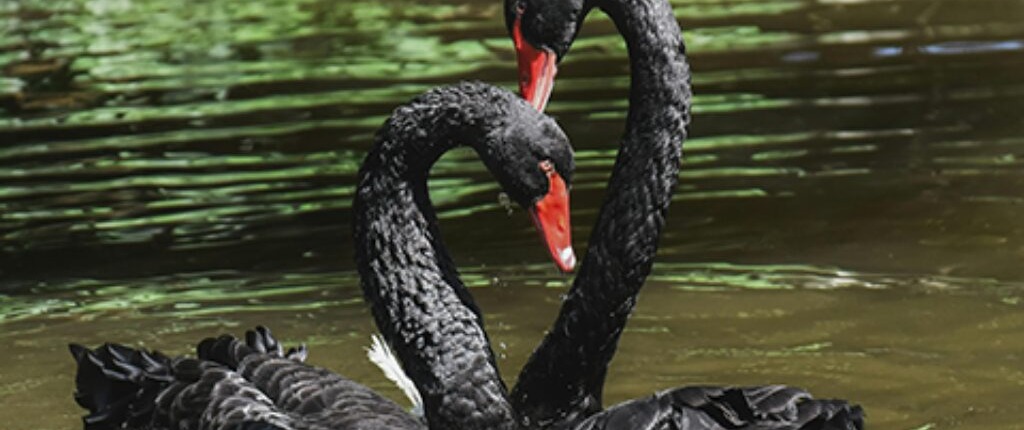
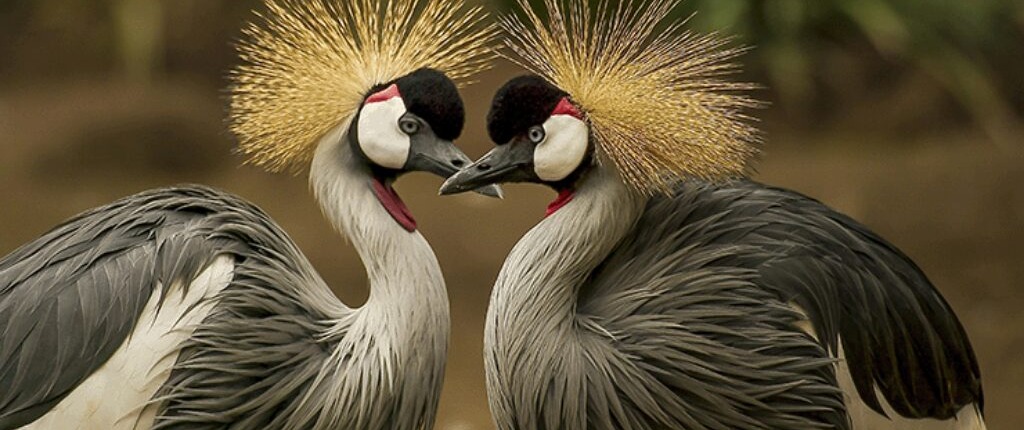
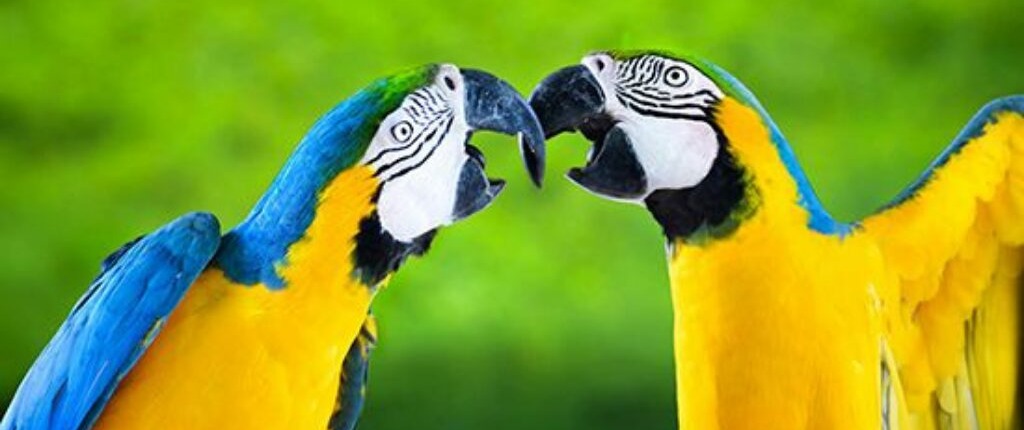
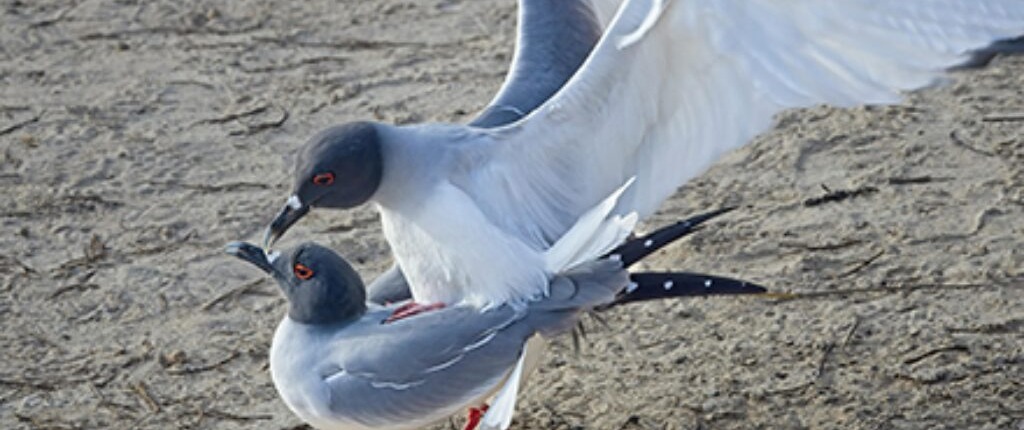
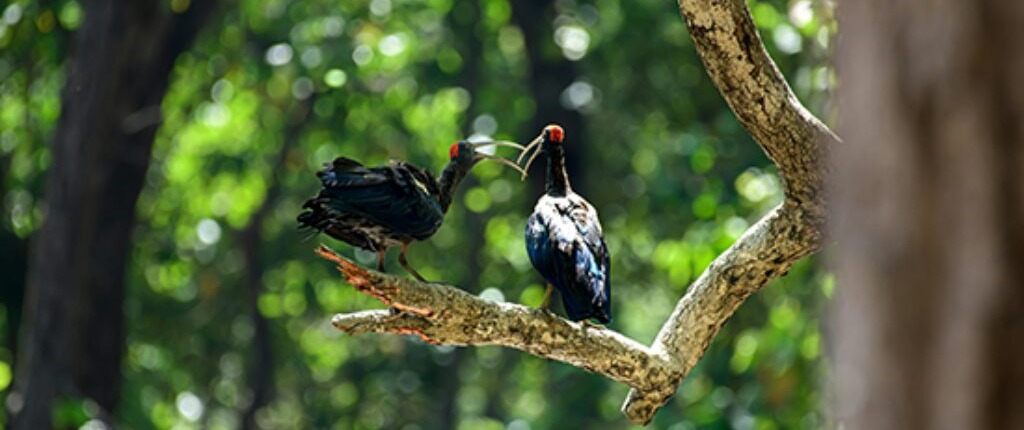
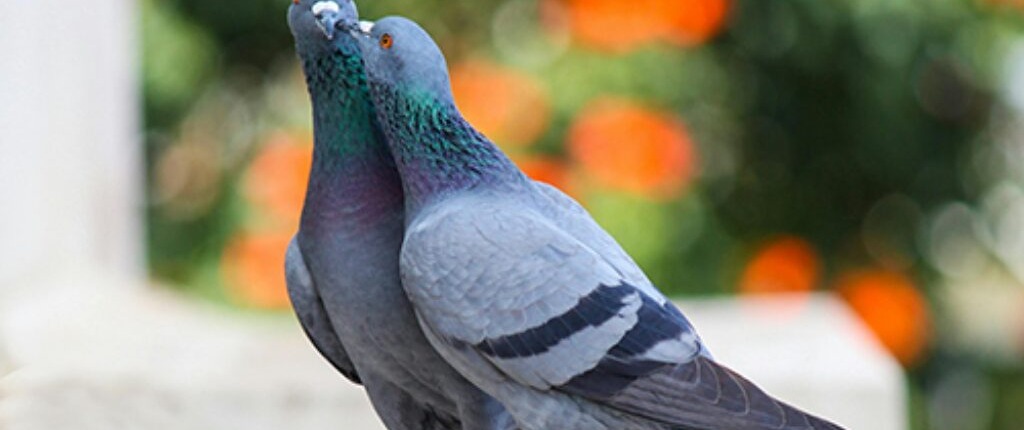
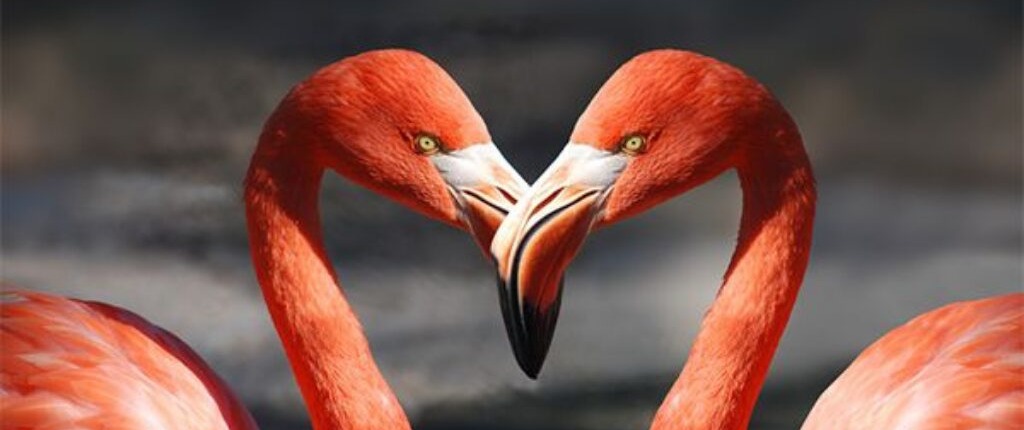
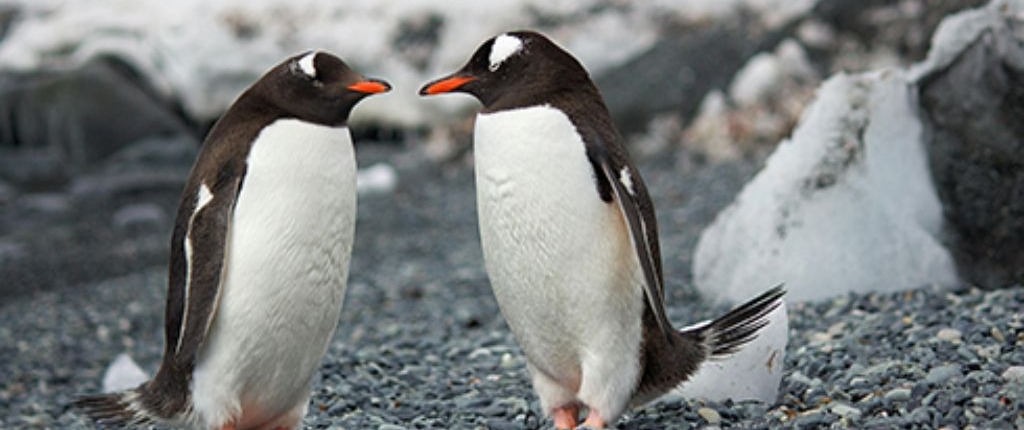
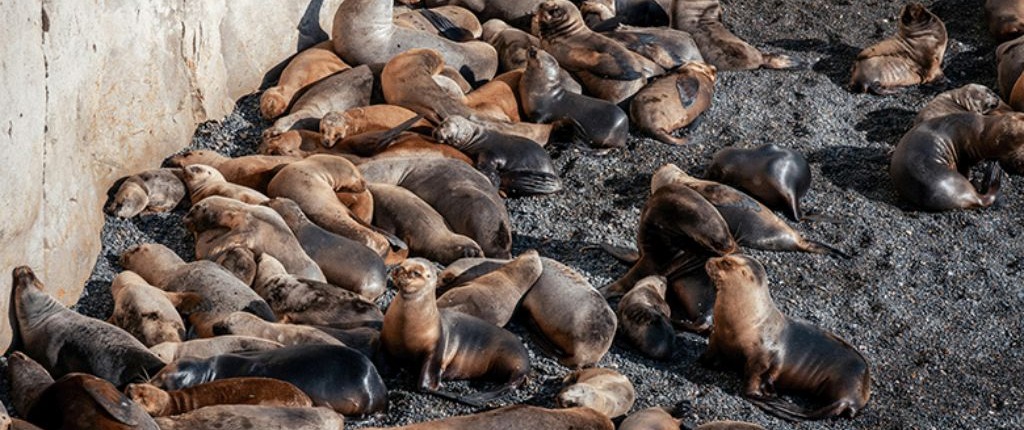
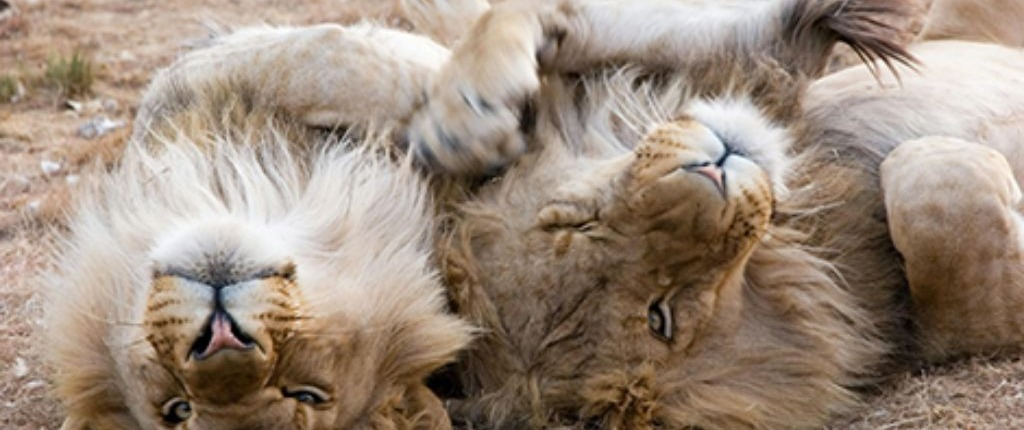
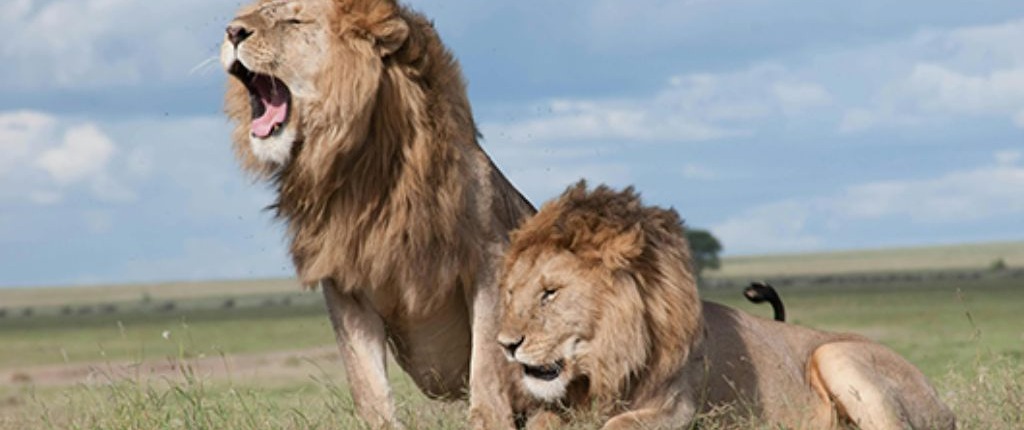
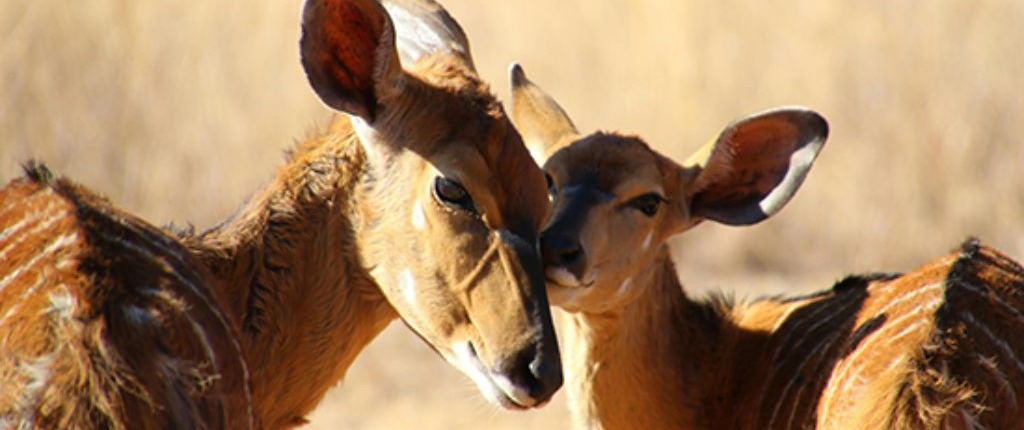
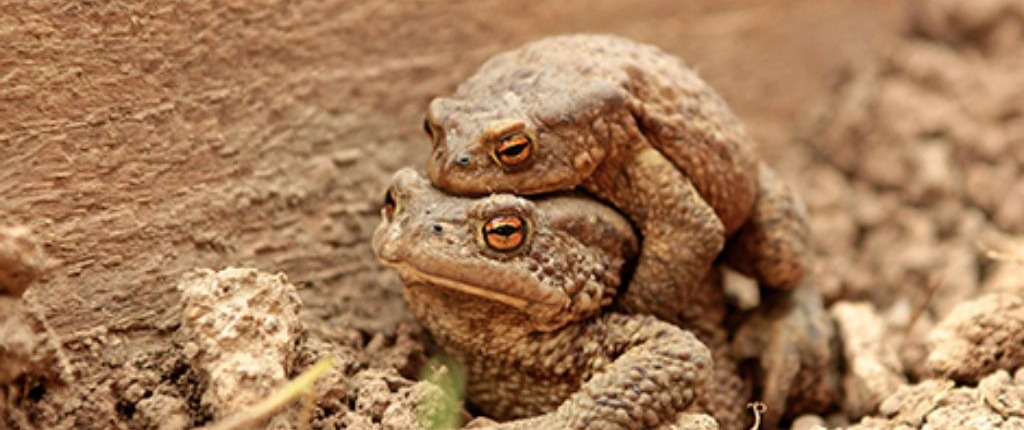
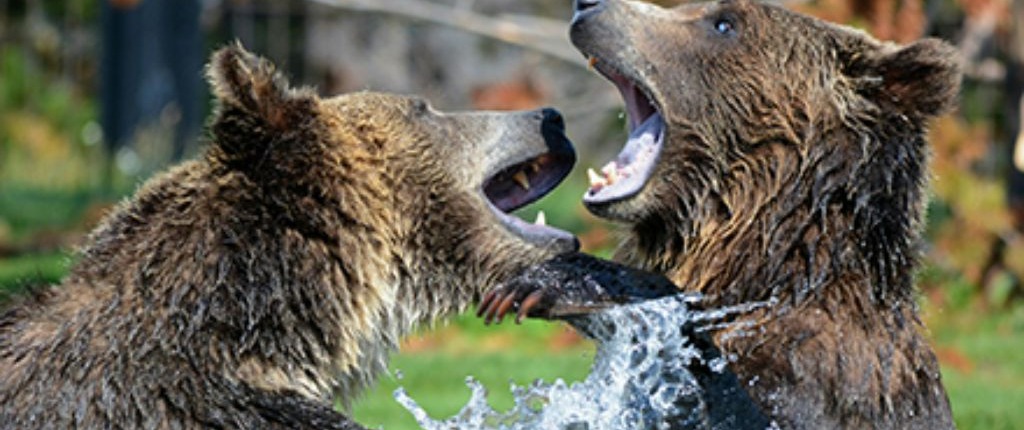
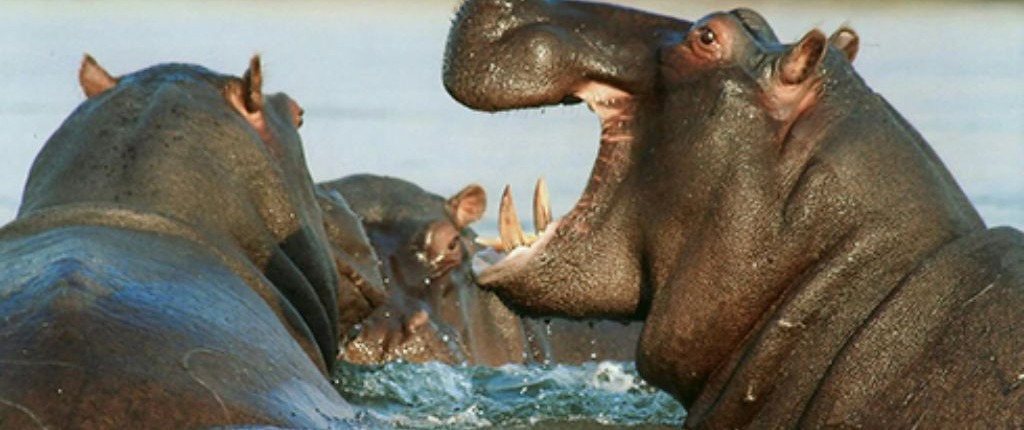
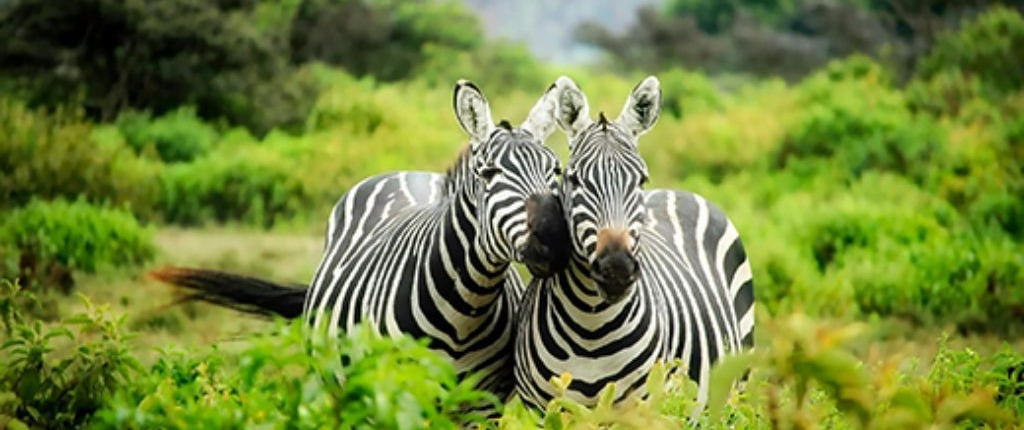
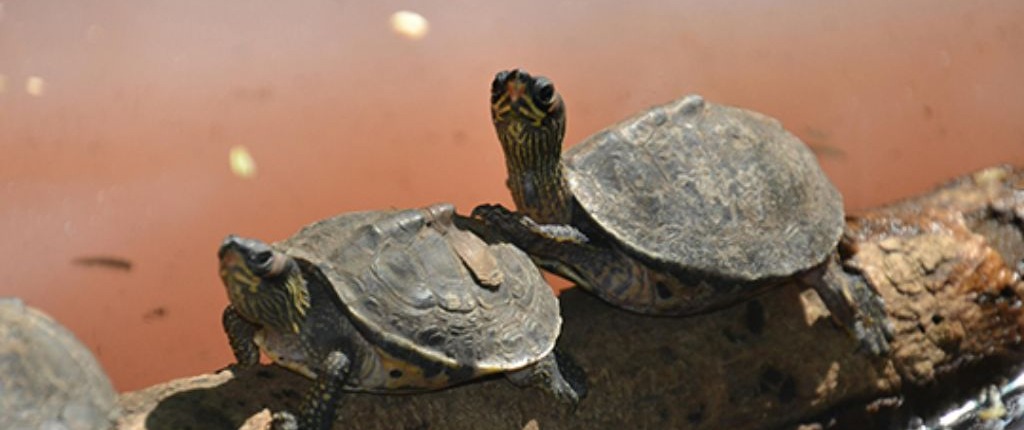
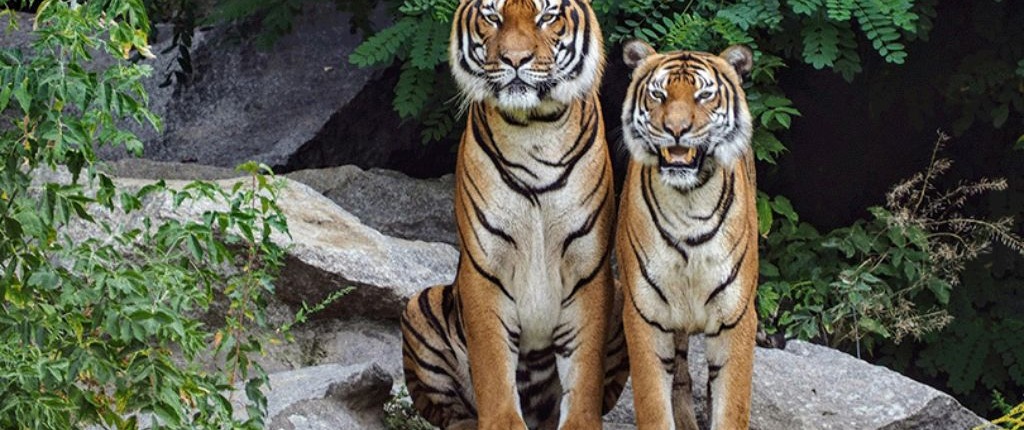
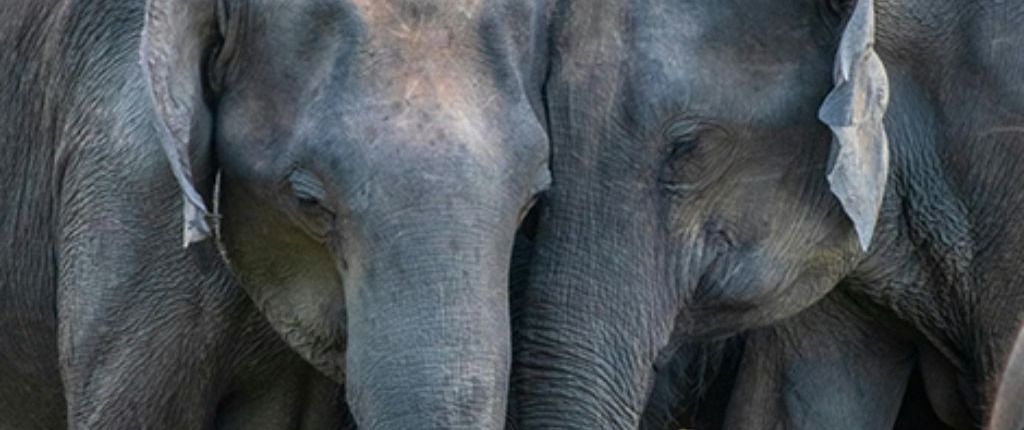
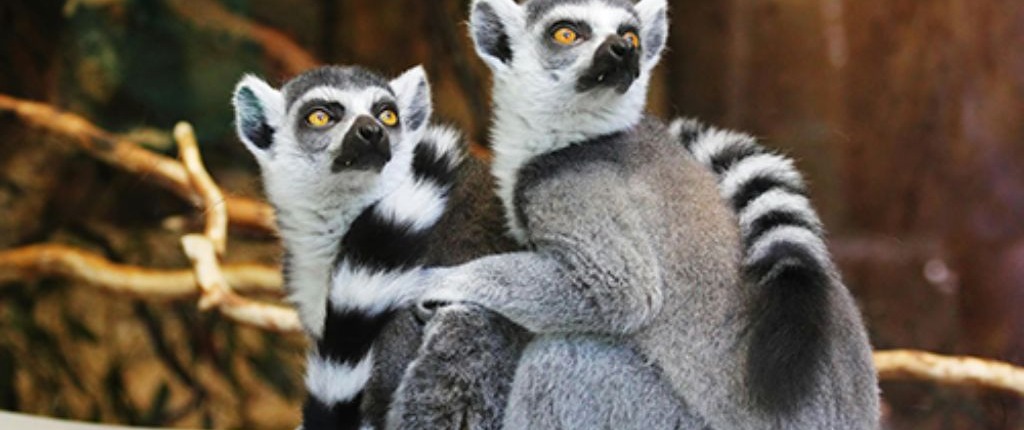






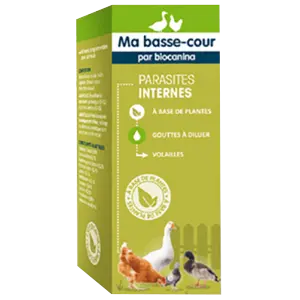
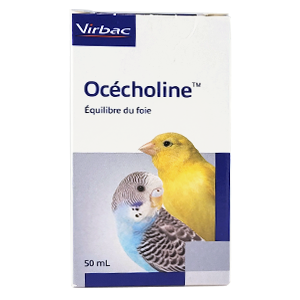

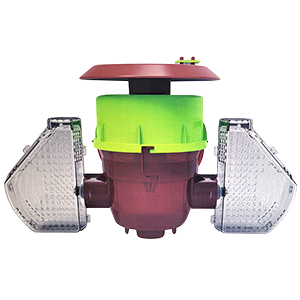
 Follow us on Facebook
Follow us on Facebook See our photos on Instagram
See our photos on Instagram Contact us
Contact us




